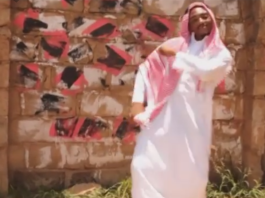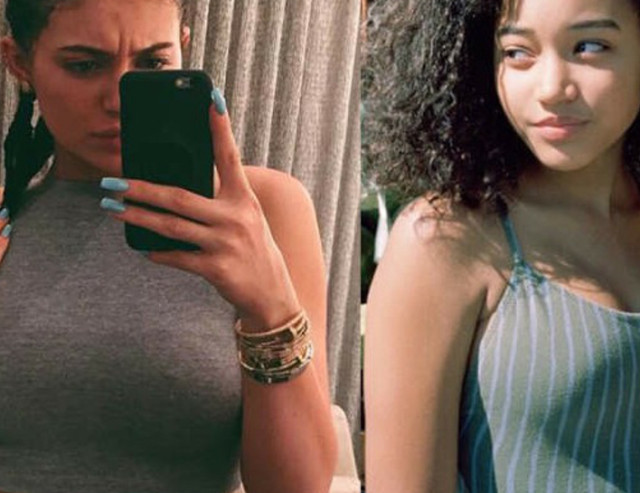Russians are popular evildoers in Hollywood. From assassins to oligarchs, Russian characters are as scary as they ever were.
For decades the Russian has been a reliable villain.
“He smokes and he sweats a lot,” says Harlow Robinson, the author of a book called Russians in Hollywood, Hollywood’s Russians. “He’s also sadistic.”
The Russian’s role as evil-doer dates back to the 20th century. At the time communism became a political force, and US filmmakers reflected a national anxiety about the Soviet Union.
Today Russian troops are deployed in Crimea.
It is another East v West struggle, the biggest since the Cold War, and stakes are high. US officials are imposing visa bans on Russian officials, claiming they are overly aggressive.
Long before this conflict, however, Russians were portrayed in a negative light on the big and small screens.
Yet they were not always the bad guys.
Lewis Milestone, shown with Ethel Merman and Robert Riskin in 1938, glorified Russia – The North Star (1943)
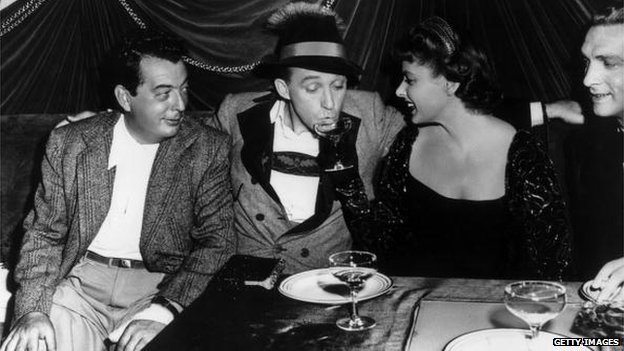
In the 1940s Ukrainian-born director Lewis Milestone made The North Star. In his film Russians are heroic and courageous. The film reflected a time in history when the Soviet Union was an ally of the US.
Later Milestone made elaborate films such as a remake of Mutiny on the Bounty. Over the years he tried, and failed, to get backing for additional films that celebrated Russia, says Robinson.
Russians cornered the market on evil characters in the years that followed.
“They are still the default baddies,” says Robinson. “It’s the ideological thing. Many of the people who grew up in the Cold War period find it hard to discard these images.”
The Rocky and Bullwinkle Show, a popular cartoon about the adventures of a moose and squirrel, had a Russian character called Boris Badenov.
He was diabolical, had an explosive temper and was inept, the “world’s champion no-good-nik”, as Robinson puts it.
Russians turn Sgt Raymond Shaw (Laurence Harvey, left) into a killing machine – The Manchurian Candidate (1962)
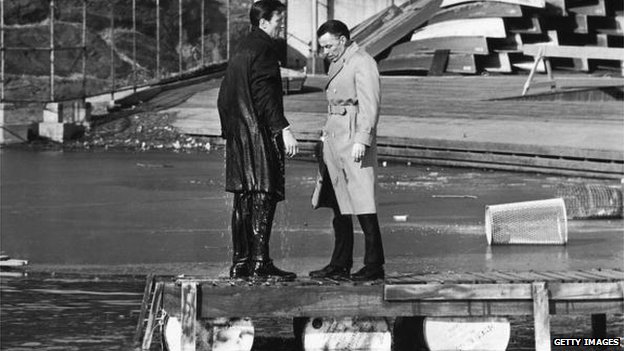
Times had changed.
Boris Badenov spoke with a thick accent on the TV series The Rocky and Bullwinkle Show – The Rocky and Bullwinkle Show (1961)
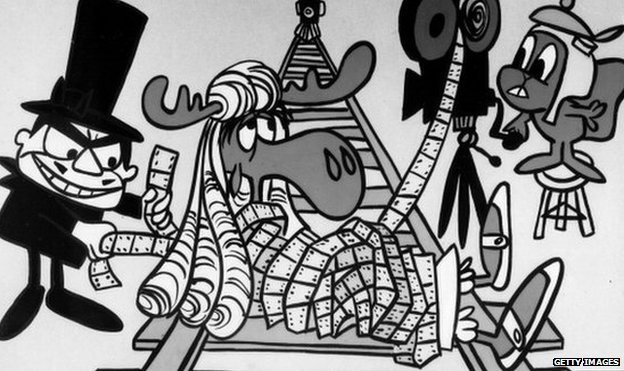
In other cases the Russian evil-doer is brilliant.
Zilkov (Albert Paulsen) represented one of America’s worst nightmares – a power-mad Soviet scientist.
He helps transform a US sergeant into a quasi-robot. “His brain has not only been washed but dried clean,” says Zilkov.
The Soviet ambassador, played by Peter Bull, gets in a fight in the “war room” – Dr Strangelove (1964)
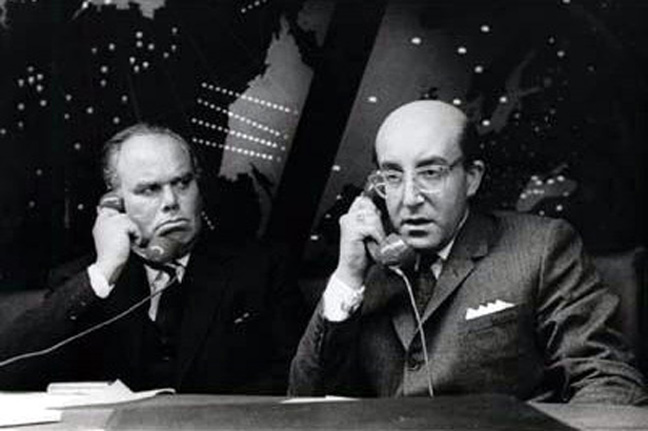
Dr Strangelove, which was made at the height of the Cold War, captures the terror people felt about nuclear weapons – and cast Soviets as combustible.
The breakup of the Soviet Union marked a new phase in Hollywood’s portrayal of evil.
The Soviet Union was no longer a threat, at least ideologically, and Russian characters now came in two types – good and bad.
Vasili Borodin (Sam Neill) and Marko Ramius (Sean Connery) like the US – The Hunt for Red October (1990)
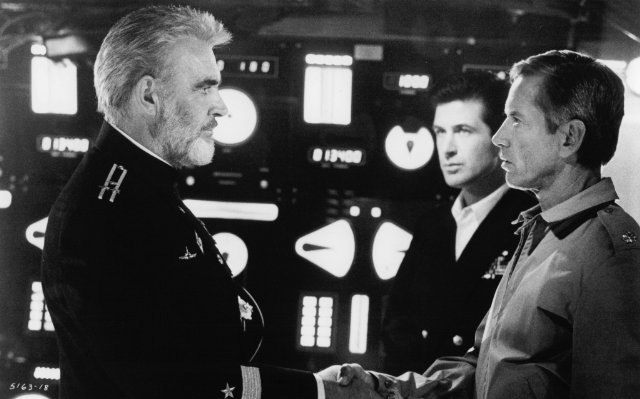
In The Hunt for Red October, Marko Ramius (Sean Connery) is a good Soviet, at least from a US perspective. A submarine commander from Lithuania, he wants to defect to the West.
The portrayal of evildoers in film changed in other ways, too, with the breakup of the Soviet Union. Some of them were not even Russian. In Air Force One, Ivan Korshunov (Gary Oldman) is from Kazakhstan.
He is just as dangerous, though. He takes over an airplane with the US president on board and proclaims his love for “Mother Russia”.
Gary Oldman, left, plays a hijacker from Kazakhstan – Air Force One (1997)

The conflict between the US and Russia was no longer politically motivated. Now it was about money – and just as intense.
Russian mobsters become the villains in the 1990s. John Malkovich plays Teddy KGB, a card shark in New York with a vaguely Russian accent, in Rounders.
In this film and others, Russian villains are clever – and adaptable.
John Malkovich, shown in 2013, played a card shark with mobster ties – Founders (1998)

Mickey Rourke’s Ivan Vanko embodies the new Russian bad guy.
Covered in prison tattoos, he has been through a lot.
Yet he seems indestructible – a classic Russian villain.
Mickey Rourke, shown with Anastasia Makarenko, has been through some rough times in Iron Man 2 (2010)
The FX series is set during the Cold War in the 1980s and offers a present-day interpretation of the past.
Russians look like ordinary Americans. In fact they are spies and assassins.
In this version the Russians are also fully developed characters.
Keri Russell and Matthew Rhys act like regular neighbours in The Americans – The Americans (2013)
With Vladimir V Putin as president, the picture of Russia has changed again. Russian characters in Hollywood films no longer talk about politics. But they are intensely patriotic.
The Russians in Jack Ryan love their country so much that they are willing to die for it. In the meantime they are trying to hurt the US economically.
Hollywood’s portrayal of Russia is entertaining, but it has a downside. Prime Minister Dmitri Medvedev says producers are overly simplistic in their portrayal of Russians.
“People are mean. All they can do is drink vodka all the time. They’re aggressive. They like to fight. They can attack you at any moment,” he said in a May 2010 interview. “These stereotypes prevent us from understanding each other.”
That was true decades ago – and also today.

